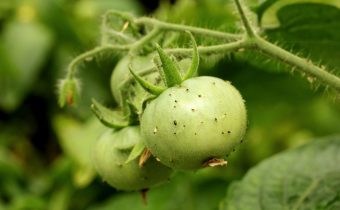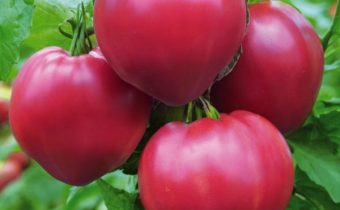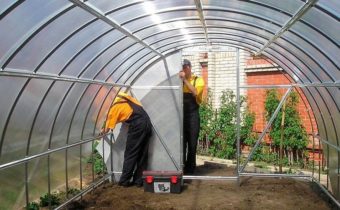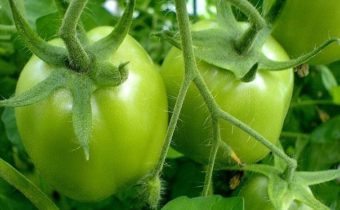The perfect garden: my simple rules
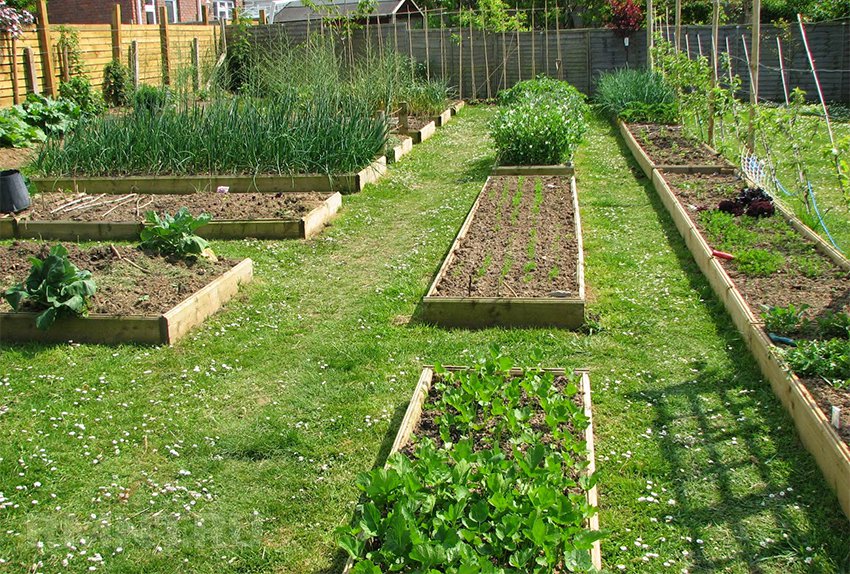
In the country under the garden for a standard family of 4 people is enough to allocate 3 weave. With the right placement of the beds, proper selection of varieties, there will be no problems with vegetables. They are enough for summer consumption, freezing, winter harvesting. If you arrange the garden wisely, then the time to take care of the plants will be less and the harvest will be greater.
Choosing a place in the garden
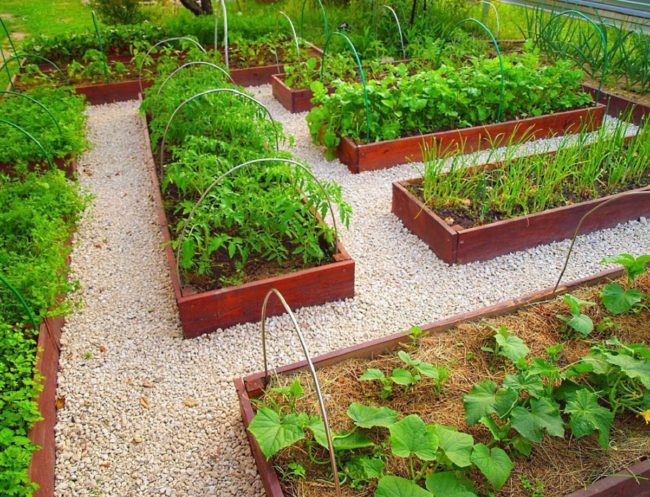
The best place is located in the southern, south-western part of the summer cottage. It will be better if the beds are illuminated by the sun most of the day. Vegetables growing in a well-lit place contain less harmful nitrates, accumulate more useful substances.
It is good if trees, a hedge, a wall of a dwelling or economic construction protect the beds from the prevailing wind. A good obstacle will be greenhouse made of polycarbonate, glass. Rain falls irregularly, all vegetables need moisture to grow. To organize a convenient irrigation system, there must be a source of water in the garden.
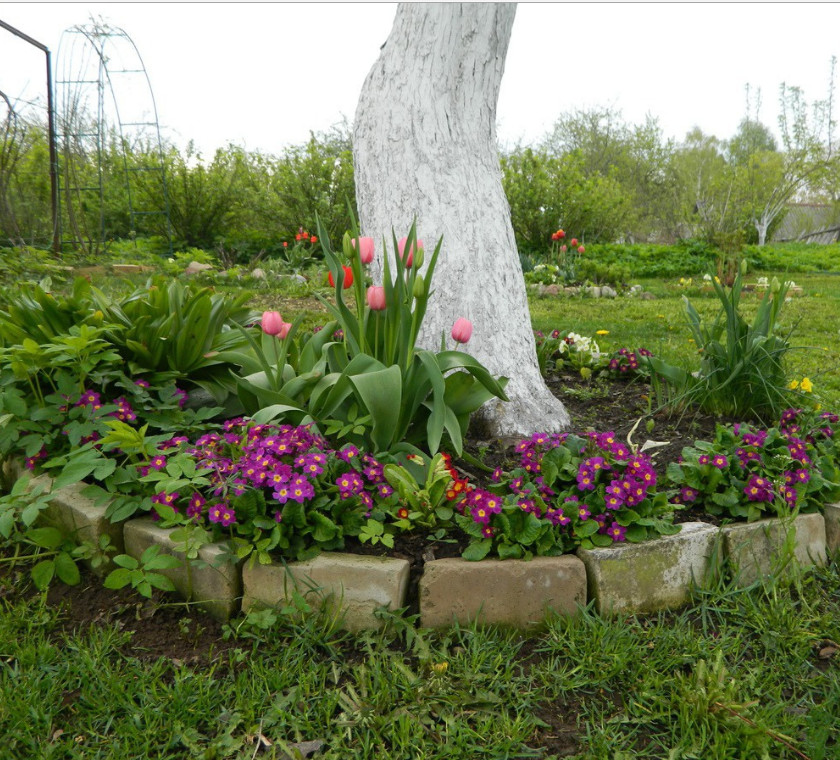
Planning
To begin work it is necessary with drawing. On a piece of paper to draw a garden plan. Mark on it specific areas located in the sun, in the shade, partial shade. Places where water may stagnate. Make notes where the soil is heavy, clay, sandy.
It is useful to determine the composition of the soil and acidity. Knowing them, it is easier to prepare the ground for planting. Some cultures like alkaline and neutral environment (beets, cabbage), others - slightly acidic (cucumbers, carrots, onions).
The harvest is 30% higher if compatible vegetables are planted next to each other.
The whole area of the garden on the scheme should be divided into zones. Take into account the agricultural practices of crops, their need for light, moisture, soil composition. Each zone is divided into beds. They are best located from north to south. Vegetables will then get more sunlight.
Zoning bonuses:
- Crop rotation is easier;
- easier to organize a watering system;
- it is possible to lay paths of optimum width.
How to make beds
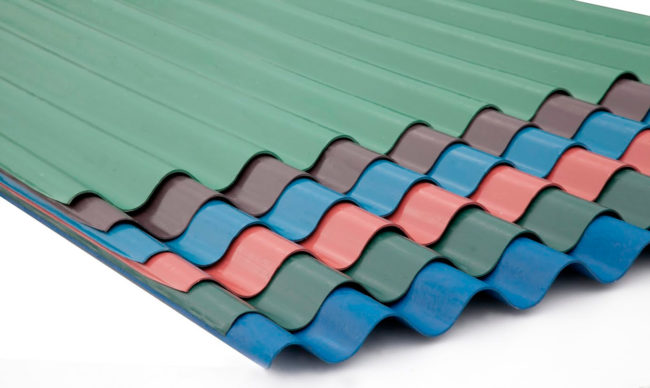
The rectangle is a classic ridge shape. The width depends on the culture, the length is limited by the size of the garden, the number of seeds, seedlings. In the southern regions of the beds do flush with the ground, it reduces the evaporation of moisture. In the north and in temperate climates, they are made elevated, erected fences, used by:
- boards;
- slate;
- brick;
- natural stone.
Early vegetables, cucumbers and greens are grown in high beds. They are made according to certain rules: height 0.7 m, width 0.9-1.2 m, length 4-6 m. The frame is usually made of bars, the walls sheathed with boards. The volume is filled with layers:
- wood waste, branches;
- fallen leaves;
- food and vegetable waste;
- compost, humus;
- garden soil mixed with compost (humus).
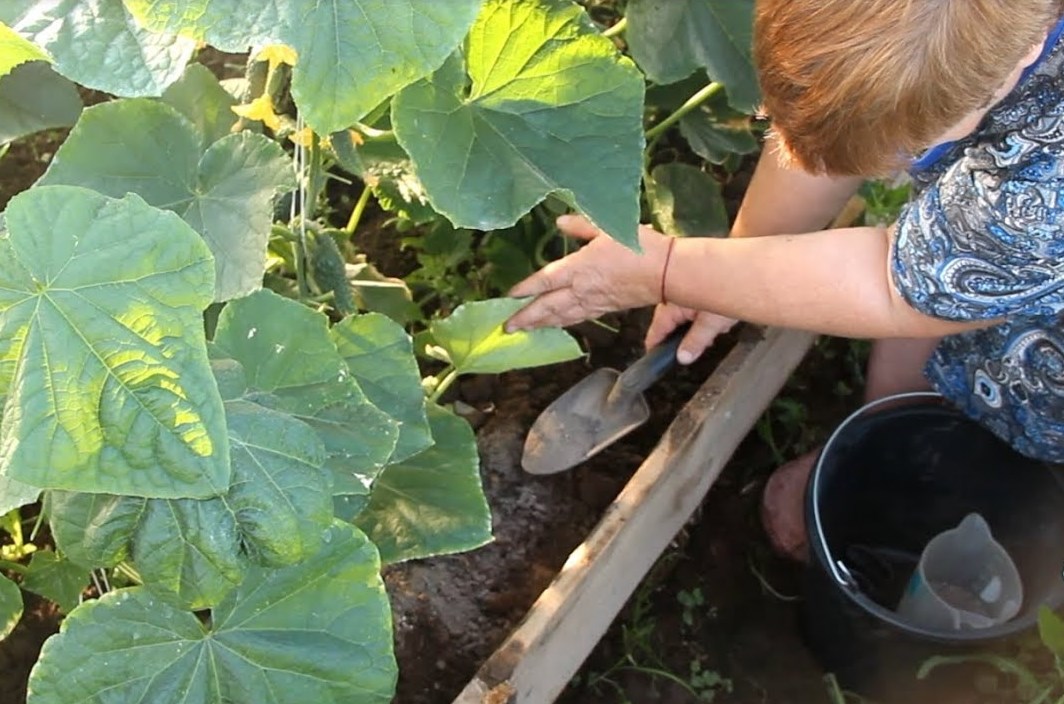
Organic substances, decomposing, emit heat, so high, warm beds work from early spring to late autumn. For the cultivation of tomato seedlings, flowers in the garden allot space for a greenhouse. A hole 60 cm deep digging in autumn. At the bottom put a fine mesh, it will protect against rodents.

The manure is persistent, it emits heat, so the seedlings in the greenhouse are warm, even if it is about 0 ° C outside.
The frame is sheathed with boards. Close the glazed frame. Fill the greenhouse in spring. The first layer is laid manure 30 cm thick, a mixture of garden soil, humus, sand is poured over it.
Parsley, garlic, leeks, spinach, parsley, mint, and sorrel are planted in the shade beds. In light penumbra beetroot grow well and two varieties of cabbage - cauliflower and broccoli. Sunny places give tomatoes, pumpkin, pepper, melon.
The first is warming the sandy soil, so early-ripening vegetables are planted on such beds. Clay soil is more suitable for late crops. It freezes more, after the snow melts for a long time. The surface of the ridges should be made flat so that the water after watering does not stagnate.
How to organize watering
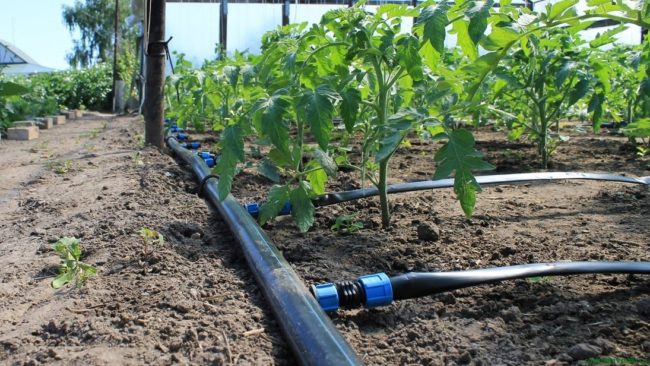
Watering vegetables takes a lot of time. His organization needs to be thought about when marking the ridges. On the site you need to have a large volume of capacity, even if the water is supplied through the central water supply.
It is better to water cucumbers, peppers, tomatoes, eggplants with warm, distilled water.
The system for supplying water to the beds can be made in the form of a stationary water supply system, drip irrigation system, use:
- reinforced and corrugated hoses;
- polypropylene pipes;
- drip tape.
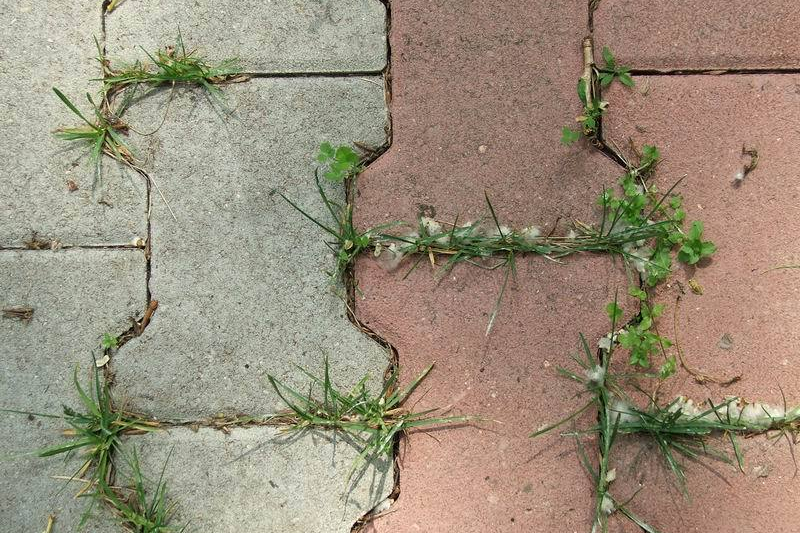
Resting-place
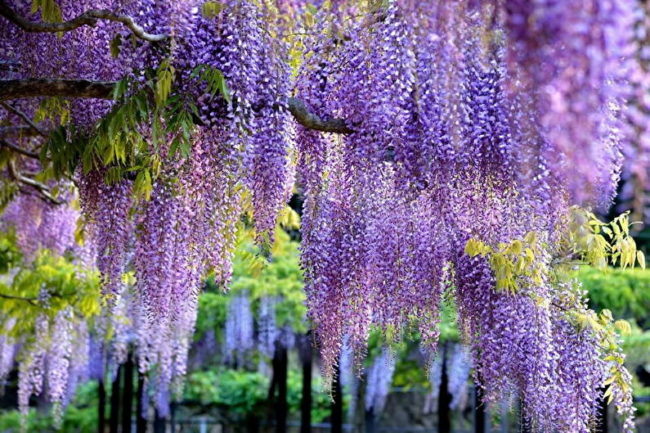
The recreation area can be separated from the garden by a hedge of flowering shrubs (hydrangea paniculata, chubushnik, lilac), a trellis, overgrown with plants climbers:
- clematis;
- wisteria;
- ivy;
- climbing roses.
A comfortable seating area can be arranged on the terrace. For practical reasons, it is better to attach it to the house, you can quickly make food, drinks, pillows for furniture, blankets. Any resting place (gazebo, pavilion) should be of optimal size so that you can move freely, put furniture, container plants.


